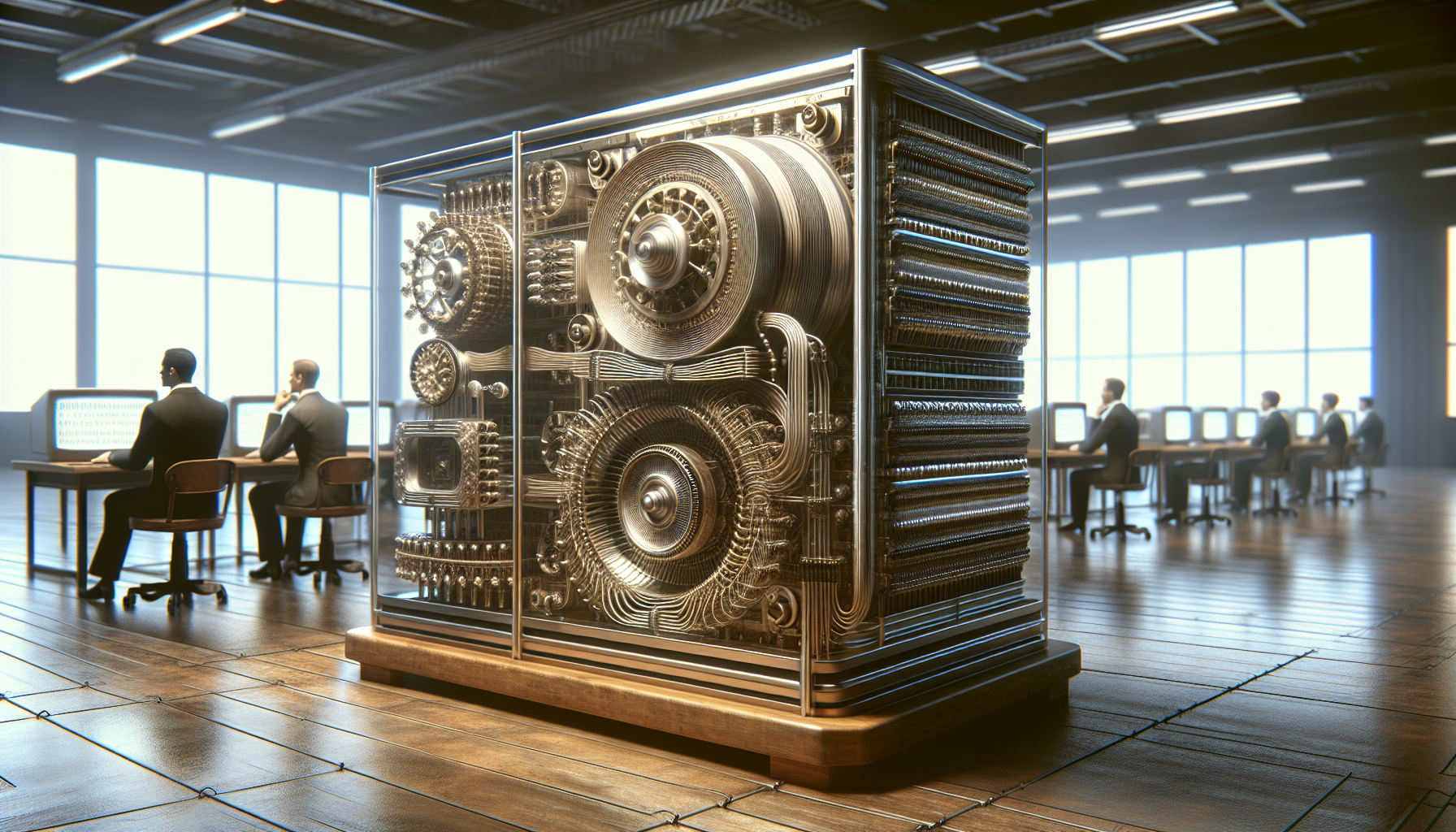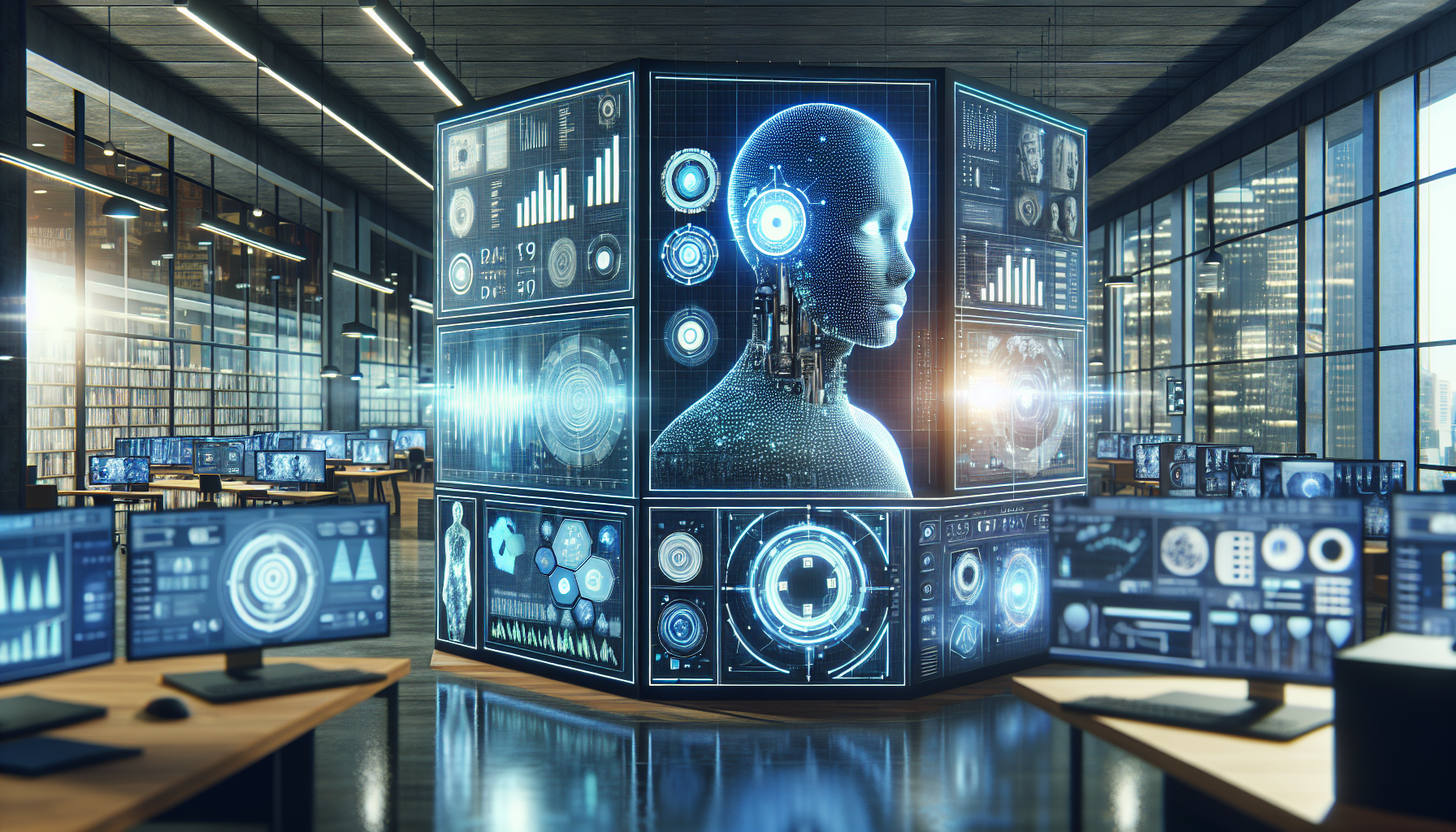
AI in Fashion: Crafting Tomorrow's Style with Intelligent Innovation
October 30, 2025
As a child, I was fascinated by the alchemy of fashion—how a simple piece of fabric could be transformed into something that not only dressed a body but also expressed an identity. Today, that magic is being redefined by artificial intelligence, bringing a fresh spark of inspiration to the fashion industry. Gone are the days when technology felt like an outsider in the world of haute couture; now, AI is an artisan in its own right, weaving together data and creativity in ways that were once unimaginable.
Imagine walking into a boutique where every garment has been tailored not just to fit your size but to fit your style, your mood, and even your aspirations. This isn't a distant dream; it's a reality being sculpted by AI. Algorithms now analyze vast datasets to predict trends with uncanny accuracy. They scour social media, runway shows, and online shopping habits to understand what colors, cuts, and fabrics will captivate the public next season. This predictive capability not only empowers designers to craft collections that will resonate with consumers but also reduces waste by aligning production with demand.
Beyond trend forecasting, AI is revolutionizing the design process itself. Designers are collaborating with AI to push the boundaries of creativity, co-creating garments that blend human intuition with machine precision. Through generative design, AI can offer hundreds of design variations, allowing designers to explore a multitude of possibilities before even sketching a single line. This partnership frees up designers to focus on what they do best—telling stories through fashion—while AI handles the heavy lifting of iteration and refinement.
This collaboration extends to the realm of sustainable fashion, a movement that is gaining momentum as the industry grapples with its environmental impact. AI-driven tools are enabling brands to make more sustainable choices by optimizing supply chains, minimizing waste, and even selecting eco-friendly materials. Imagine a world where each piece of clothing not only fits perfectly and looks stunning but also nurtures the planet. AI is not just a tool; it is a catalyst driving the fashion industry towards a greener future.
Moreover, AI is democratizing fashion, breaking down barriers that have long kept the industry exclusive. Virtual stylists powered by AI are accessible to anyone with a smartphone, offering personalized fashion advice that was once the domain of personal shoppers. These digital fashion assistants learn from your preferences, suggesting outfits that align with your unique style and even teaching you how to pair pieces you already own. This accessibility is a gift to fashion lovers everywhere, empowering individuals to experiment with their style without the fear of judgment.
In the realm of retail, AI is enhancing the shopping experience in ways that feel almost magical. Augmented reality fitting rooms allow customers to try on clothes virtually, reducing the friction of online shopping and the disappointment of ill-fitting purchases. Meanwhile, AI-powered customer service bots provide instant assistance, creating a seamless and satisfying interaction that feels personal and attentive. These innovations do more than make shopping convenient; they transform it into an experience that feels personal and thrilling.
The most exciting aspect of AI in fashion is its potential to foster inclusivity. By analyzing diverse datasets, AI is helping designers create garments that cater to a broader spectrum of body types, skin tones, and cultural backgrounds. This shift towards inclusivity is not just a trend but a movement towards a more representative and empathetic industry. AI's ability to analyze and understand diverse needs is empowering brands to create fashion that celebrates individuality and embraces diversity.
Artificial intelligence is not replacing the magic of fashion; it is amplifying it. It is a co-creator, a visionary partner that is helping the industry evolve in ways that honor the creativity and passion that define it. The question is not whether AI belongs in fashion, but how it will shape the next chapter of its story.
As we stand on the cusp of this transformation, we are challenged to imagine the future of fashion in new and thrilling ways. What if the next great designer is not a solitary genius but a collaboration between human and machine? How might AI continue to inspire us, not only in what we wear but in how we express who we are? As fashion continues to evolve with AI, the possibilities are as limitless as our creativity.


